What's the difference between Arabica and Robusta coffee beans? What kind of coffee do people who know coffee usually drink?
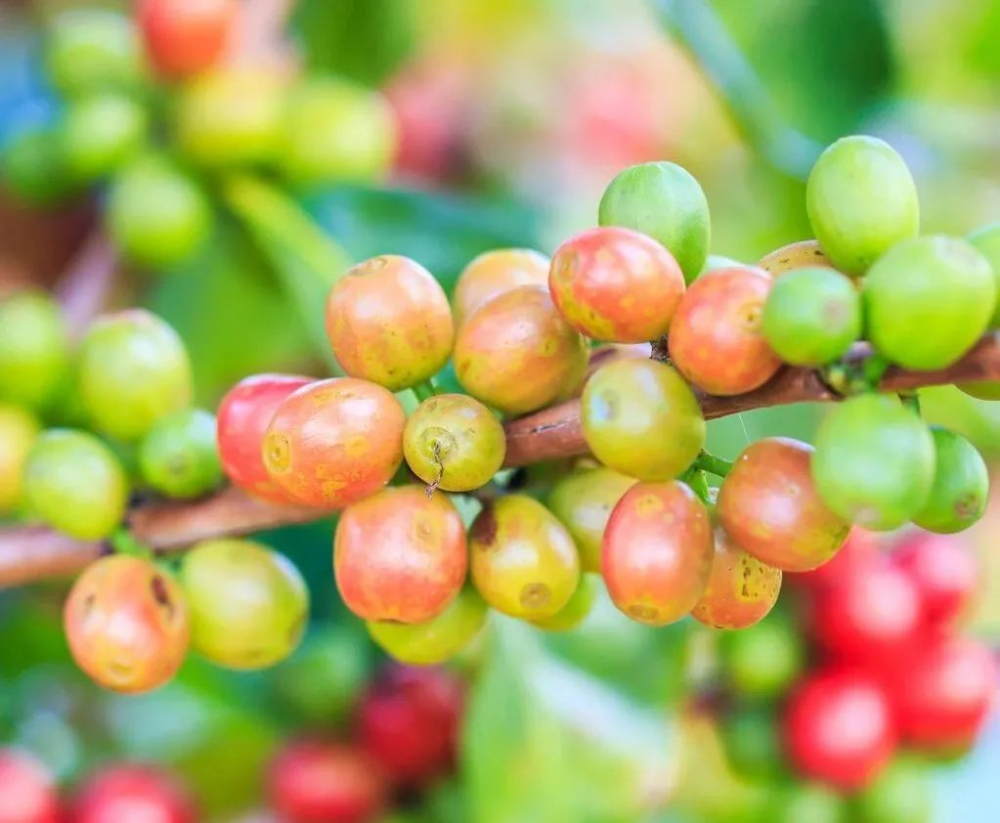
If you know anything about coffee, you must know that there are two kinds of coffee: Arabica coffee and Robusta coffee. Most of the cafes we often go to use Arabica coffee. But why is Arabica coffee so popular? What is the difference between Arabica coffee and Robusta coffee?
Arabica tastes better.
Arabica and Robusta are the two most common varieties on the market. Arabica belongs to small grain species, while Robusta belongs to medium grain species.
Robusta is of African origin and accounts for 30% of the world's coffee production. The word Robusta means "tenacity". In fact, this kind of coffee tree is not only resistant to diseases and insect pests, but can survive in any soil, even in the wild. Therefore, it can also be planted in high temperature areas, growing fast and easy to cultivate, with the advantage of low price, strong bitterness and rich extraction oil, which is mainly used in the formula of bean blending or as the main raw material of instant coffee.

Arabica is a representative variety of Ethiopian origin, accounting for 7075% of the world's coffee production. The cultivation of Arabica species requires very stringent conditions and high requirements for soil. Arabica species need to grow at a height of 800 to 2200 meters without frost, and the higher the altitude is, the significant temperature difference is formed, which delays the ripening of coffee fruit, which is more conducive to the accumulation of flavor substances and fuller aroma development. The microclimate of each coffee producing area provides a variety of growth conditions for Arabica, forming a unique flavor and taste.
Robusta has more caffeine.
Arabica is low in caffeine, about 0.9% to 1.2%, 60% more fat than robusta coffee, and twice as much sugar, so Arabica tastes sweet and soft, with a bit of fruit acidity. The bitterness we taste when we drink coffee comes mainly from the chlorogenic acid in coffee, which has higher levels of caffeine, amino acids and chlorogenic acid than Arabica. So Robsta was born without the elegant aroma of Arabica beans, replaced by a fuller, lower taste, as well as walnuts, peanuts, hazelnuts, wheat, cereals and even pungent soil flavor.
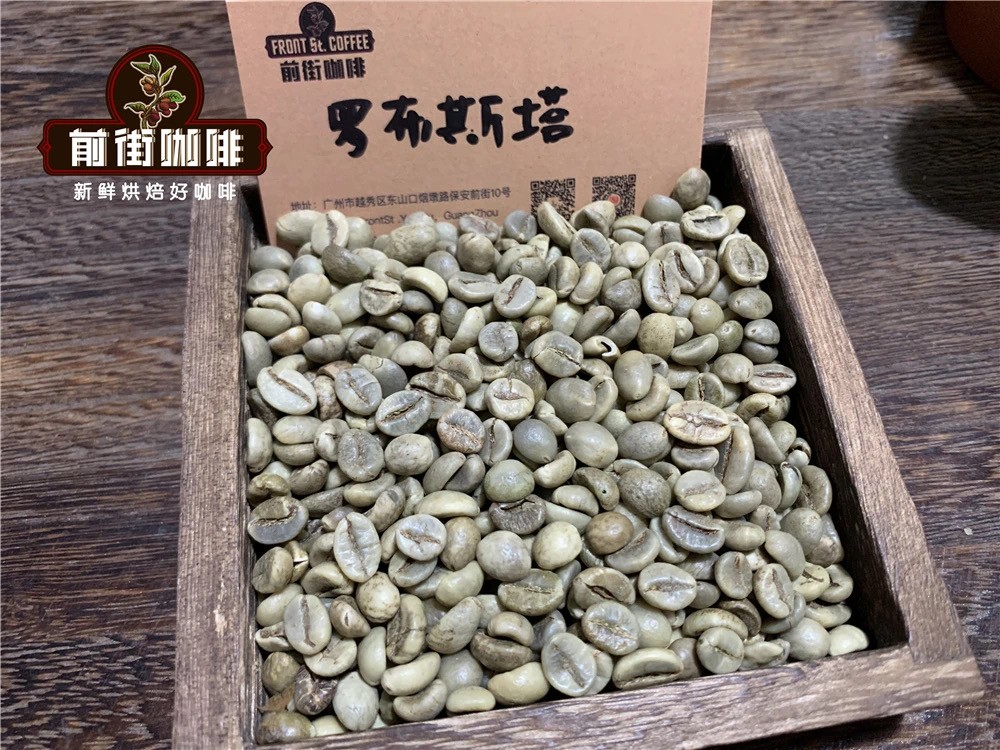
Chlorogenic acid is not only antioxidant, but also an important component of resistance to pests, so growing in low altitude Robusta can be protected from most insects. To show a variety of flavors, Arabica needs to be planted at a higher altitude, where coffee is more vulnerable to pests and climate, generally growing at higher elevations, bearing less fruit and ripening more slowly. High-quality Arabica coffee requires more manual management and picking, and the production cost is higher.
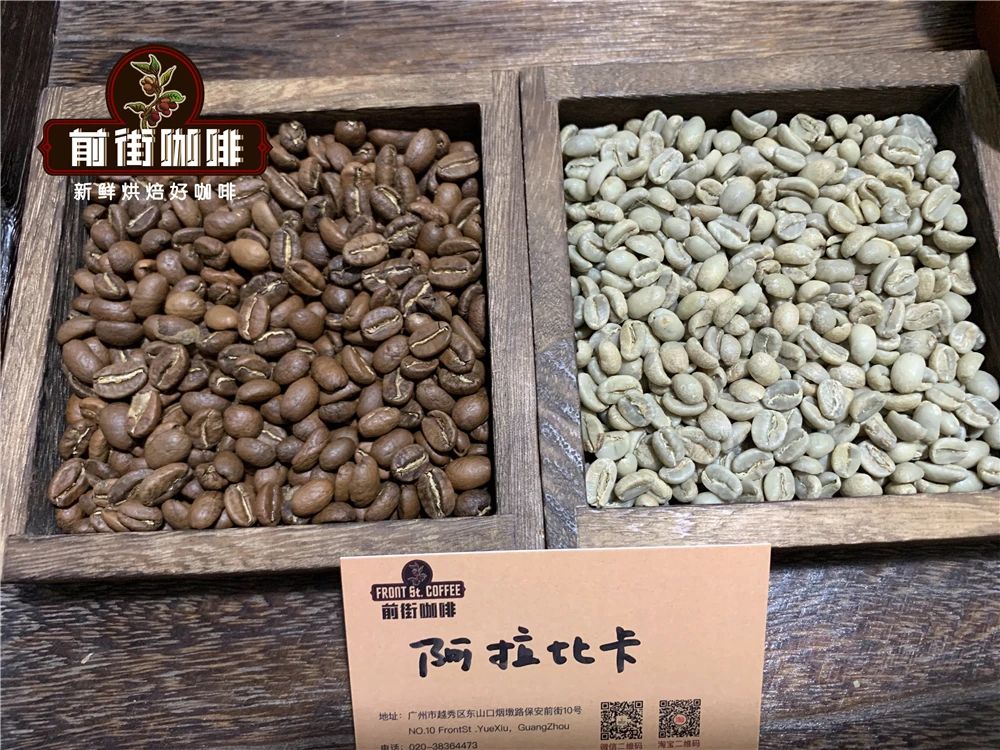
Why are Arabica coffee beans more popular?
Qianjie also summarizes so many Arabica varieties, each with its own flavor, pleasant acidity and aroma. Many kinds of hand-brewed coffee on the front street bean list belong to Arabica varieties, so it can be seen that people prefer Arabica with pure flavor to Robusta.
Compared with the strong robusta beans, Arabica has low caffeine and twice as much sugar as Luodou, so Arabica coffee tastes soft, sweet and sour. With the continuous promotion of boutique coffee culture, people will have more or less requirements for the taste, taste and quality of coffee, so only high-quality Arabica beans are more in line with the current boutique coffee market. But Qianjie still wants to make it clear that although Robusta's acceptance is not high, there are also high-quality batches. For example, the "Coffee Royal" Robusta coffee beans in India take exquisite planting and management, showing a mellow taste and clear cleanliness.
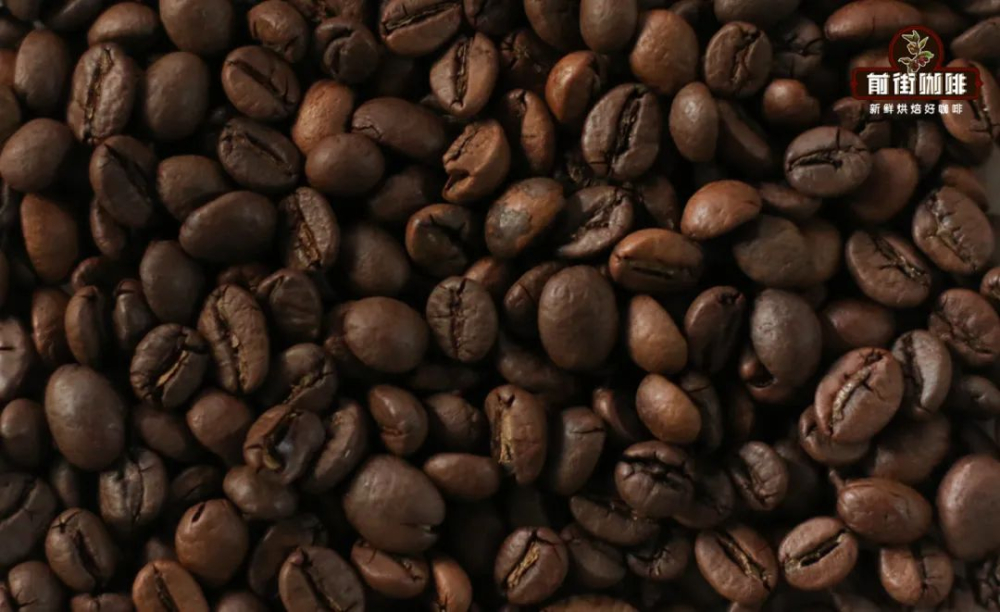
Arabica Coffee recommendation
Arabica, as a large category, can be divided into nearly 3,000 varieties, all of which are derived from Tippica, the oldest native species in Ethiopia, and varieties planted in South America or Asia. As a kind of crop, coffee flavor is always closely related to variety, climate, altitude, soil, management and other factors, which is the natural embodiment of varieties and local soil. Here in Qianjie, select some representative varieties to learn about Arabica.
The iron pickup of Jamaica
The oldest native variety in Ethiopia was discovered between the 15th and 16th centuries AD. The iron pickup is characterized by a tall coffee tree, bronzed leaves at the top, large and long coffee beans, pointed at both ends, a bit like an egg. Iron pickup coffee often has a sour citrus taste, with a sweet aftertaste, is praised by many people as elegant and clean coffee beans. Unfortunately, its low yield and poor resistance to leaf rust were gradually replaced by farmers with other more robust varieties.
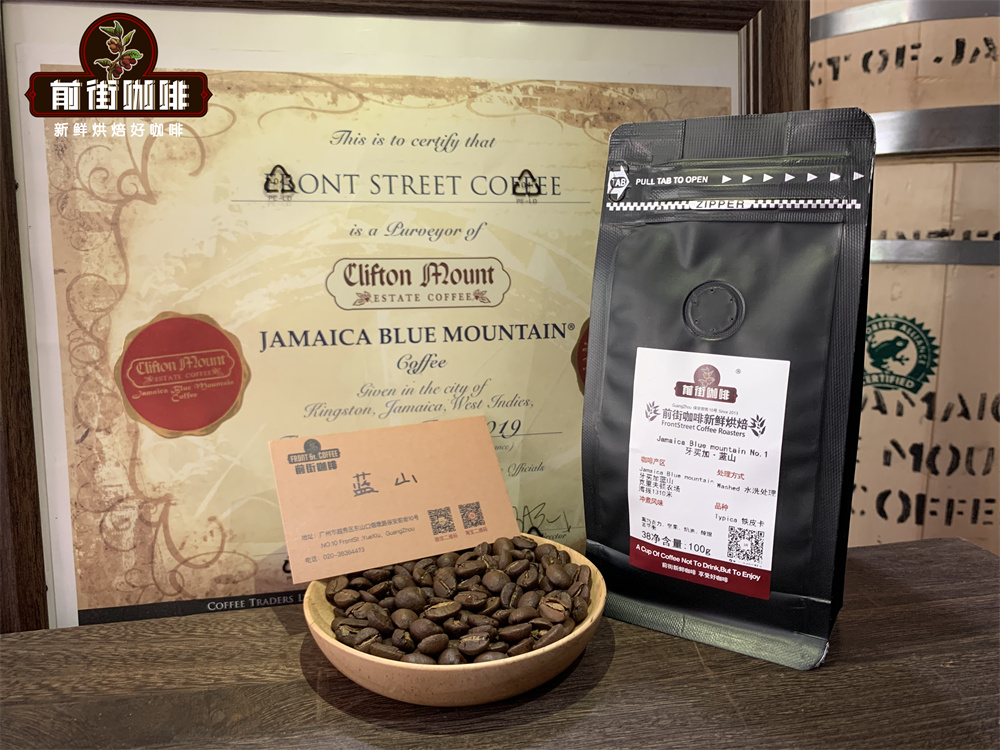
Iron pickups were introduced to this country by Sir Nicholas Lawes in the 18th century and were soon introduced to the Blue Mountains for cultivation for more than two hundred years. And the blue mountain iron card also adapted to the local island rainforest climate, evolved a stronger disease resistance, in which coffee berry disease will be much stronger than the general tin card. Qianjie believes that the exquisite and clean flavor of the Blue Mountains is inseparable from Jamaica's careful cultivation of the varieties of iron pickups, which makes them integrate into the local soil, as well as the excellent soil and unique microclimate of the Blue Mountains. The front street uses medium-depth baking to maximize the chocolate and nutty aromas of coffee, while retaining soft acidity and sweetness, making the overall taste balanced.
The Rose Summer of Panama
Friends who often drink hand-made coffee must have heard of Panamanian Rosa Coffee, which is synonymous with contemporary boutique coffee because of its amazing aroma. The rose variety is derived from iron pickup and is also produced in Ethiopia, the birthplace of coffee.
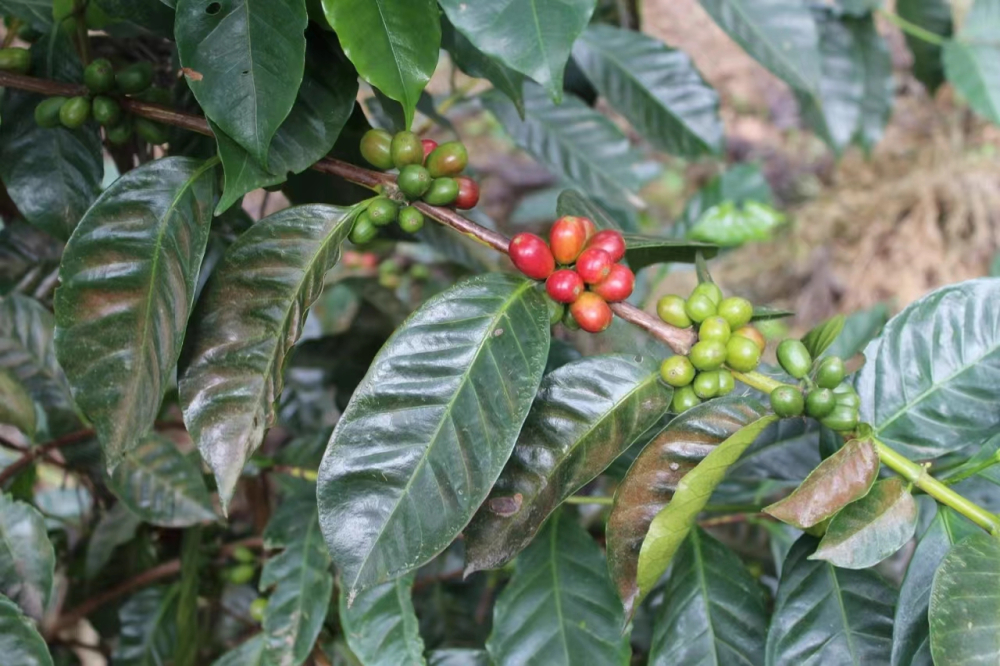
Rose summer is very picky about the growing environment, requiring high altitude, fertile soil, clouds or plant shade, can not be directly exposed to the sun. The owner of the emerald manor said that the garden needs a large number of shade trees to block the sun for the delicate rosy summer, and traditional pruning should be used at the initial stage of planting, otherwise the plant is easy to die. The higher the altitude is, the longer the ripening time of coffee fruit is, and the more complex and unique flavor performance is. Unlike other coffee varieties, the foliar system of Rosa coffee tree is very thin, that is to say, the efficiency of photosynthesis is very low, the root is still very fragile, and the absorption of water and nutrients is very slow, so the yield of coffee is very low. coupled with the high altitude growth environment, the fruit ripens later.
At present, Rosa Rosa has been planted in many parts of the world, and it is the new king of boutique coffee, among which Panama, Guatemala, Colombia and other Latin American countries have higher quality, and Panamanian Rosa is the leader in boutique coffee. When it comes to rose summer coffee, of course, the most popular coffee on the Qianjie bean list is the rose summer coffee produced by the famous jadeite manor, which is divided into red rose summer, green rose summer and volcanic rose summer according to different characteristics. High-quality Rosa coffee is loved by many coffee people because of its pungent aromas of roses, oranges, berries and honey.
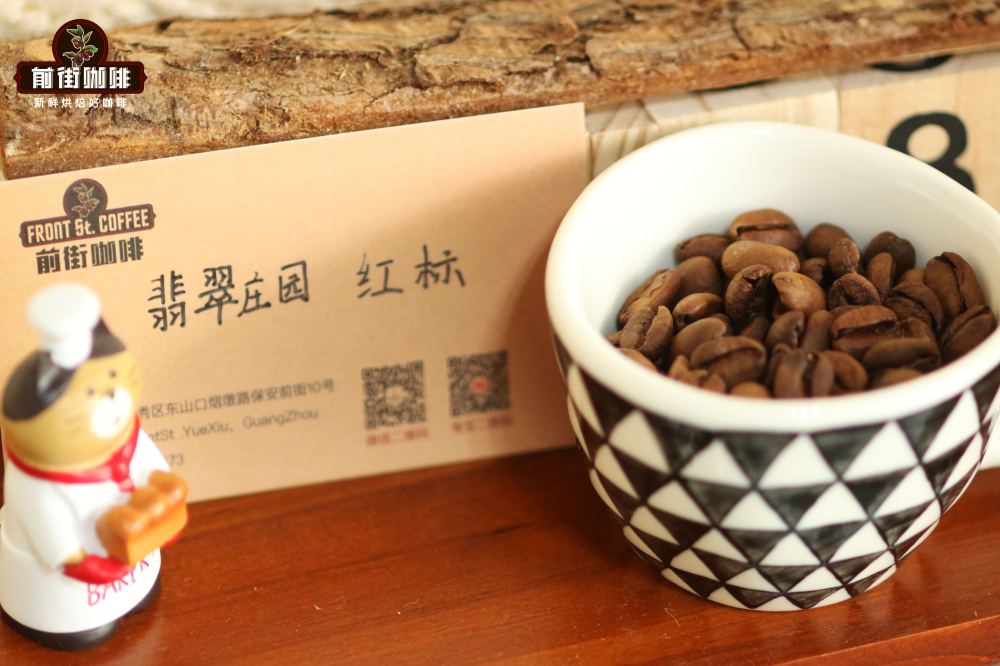
Red bourbon in Brazil
Bourbon comes from the natural mutation of the iron pickup, the bean-shaped thin point turns into a round body, which was first found on the island of Bourbon and Reunion on the east coast of Africa. It was named bourbon in 1715 after France transplanted Yemeni mocha round beans to the island of Bourbon on the east coast of Africa (renamed Reunion after the French Revolution). Bourbon beans were introduced to Brazil in 1727.
Although the yield is not high, bourbon species have better resistance to rust leaf disease than weak tin card species. Bourbon coffee grown at high altitude has rich and delicate flavor, strong smell and soft acidity. Generally speaking, the bourbon fruit we see changes from green to yellowish, orange, red, and finally to a fully ripe dark red, which is what we call red bourbon.
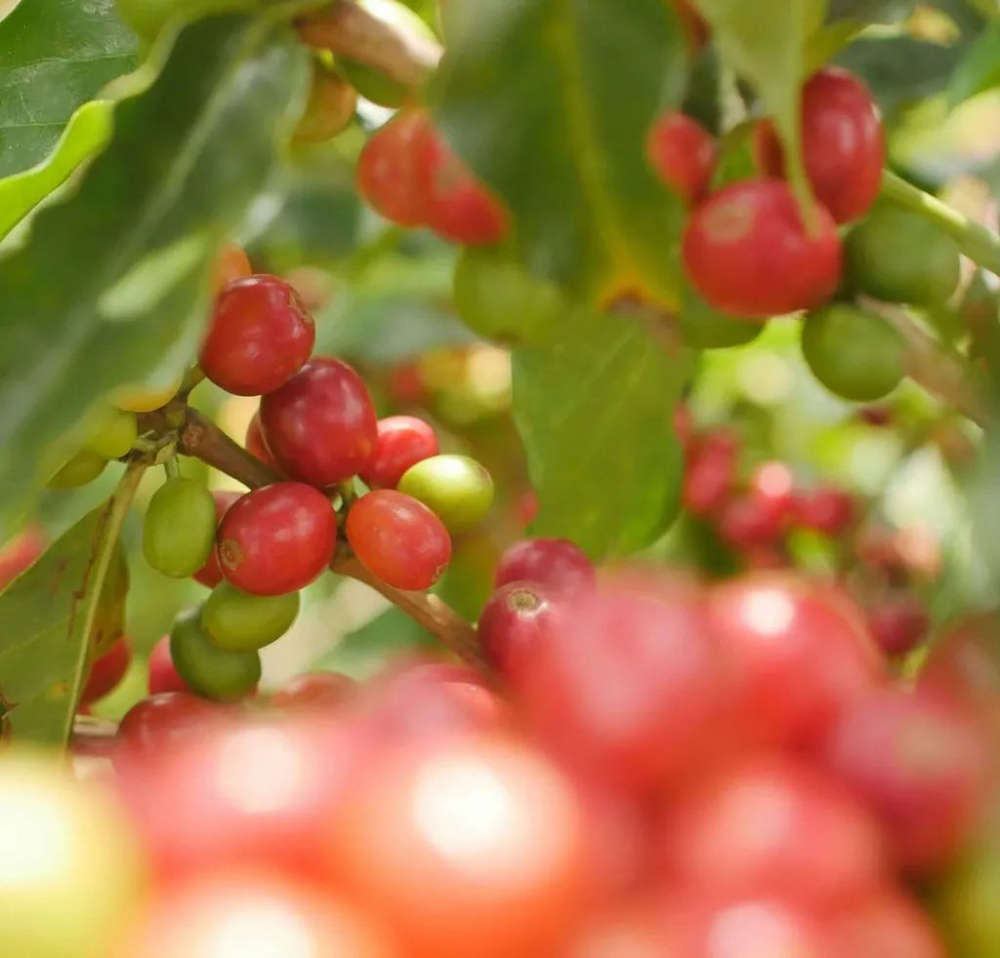
Most of the Brazilian coffee has a low sour taste, coupled with the mellow aroma of the coffee, the entrance is extremely smooth, and the aftertaste can make people comfortable and pleasant. Qianjie Coffee chose a half-sun red bourbon coffee as the representative of Brazil, coffee flavor with obvious nuts and chocolate, medium caramel sweetness, smooth taste, overall balance. Qianjie will add it to the rations bean series, Qianjie rations beans is the facade of each large producing area, showing the basic flavor of the producing area, coffee entry-level players can understand the basic flavor of the producing area, and then according to their own favorite choice in-depth understanding of different types of producing areas.
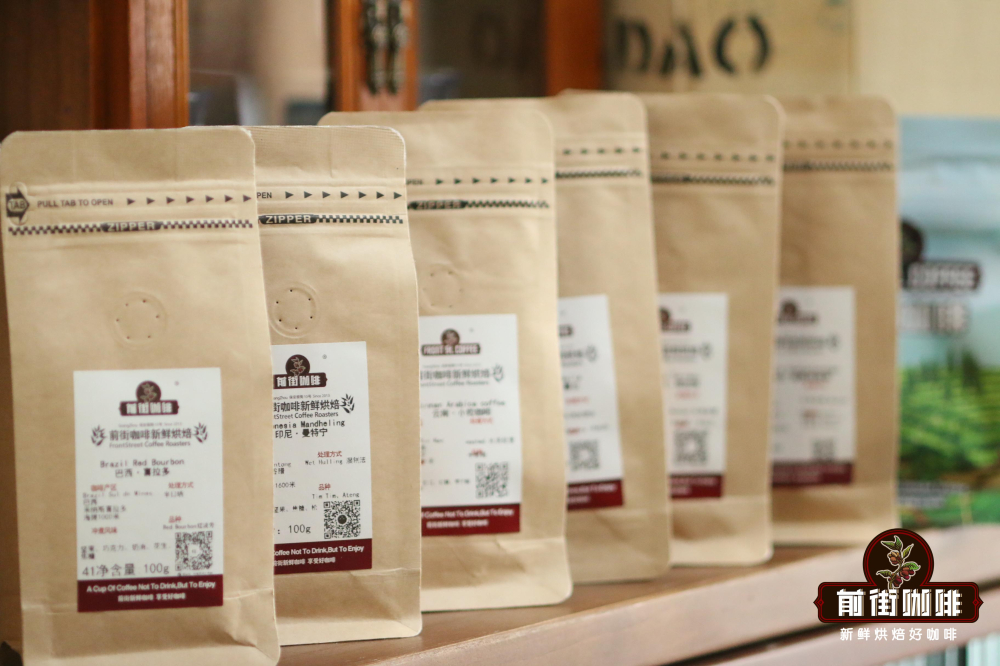
Kaddura of Colombia
Kaddura, a natural mutation from bourbon, was discovered in Brazil in 1937. The tree is relatively short and not resistant to disease, but because it can be planted intensively, the fruit hanging rate is higher, so the yield is higher than varieties such as bourbon, and it is widely cultivated in Central American countries. Kaddura's bright acidity in flavor, full of fruit on the palate, chocolate and nut sweetness after medium-deep baking, is the winner of many coffee competitions.

Many coffee beans on the Qianjie bean list contain Kaddura varieties. If you want to know the flavor characteristics of this variety, Qianjie recommends Colombian rations beans, which are selected from the washed Kaddura variety with high cleanliness. Qianjie hopes to highlight the classic Colombian coffee flavor, with medium-to-deep roasting, showing nutty, dark chocolate and caramel aromas.
Ethiopian native variety (Heirloom)
Friends who often drink Ethiopian coffee should have noticed that the varieties of Ethiopian beans are always written as native or Heirloom native species. In the dictionary, Heirloom refers to "the precious property of generations", that is to say, coffee is an irreplaceable "treasure" for the Ethiopian.
This is because in the primeval forest of Ethiopia, there are so many varieties of coffee and numerous genes that it is very difficult to identify, and the local government wants to protect these species from disclosure, so they are collectively referred to as "native species". Yejia Xuefei coffee varieties are native to the local species, with small particles, different shapes and sizes, and a more round appearance, mostly between 14 and 15 mesh. Many Ethiopian coffees in Qianjie are native species, such as Yega Xuefei Fruit Tintin Cooperative, Sun Red Cherry, Sidamo Sakuran, etc., which often show elegant floral and fruit flavor in the cup test.
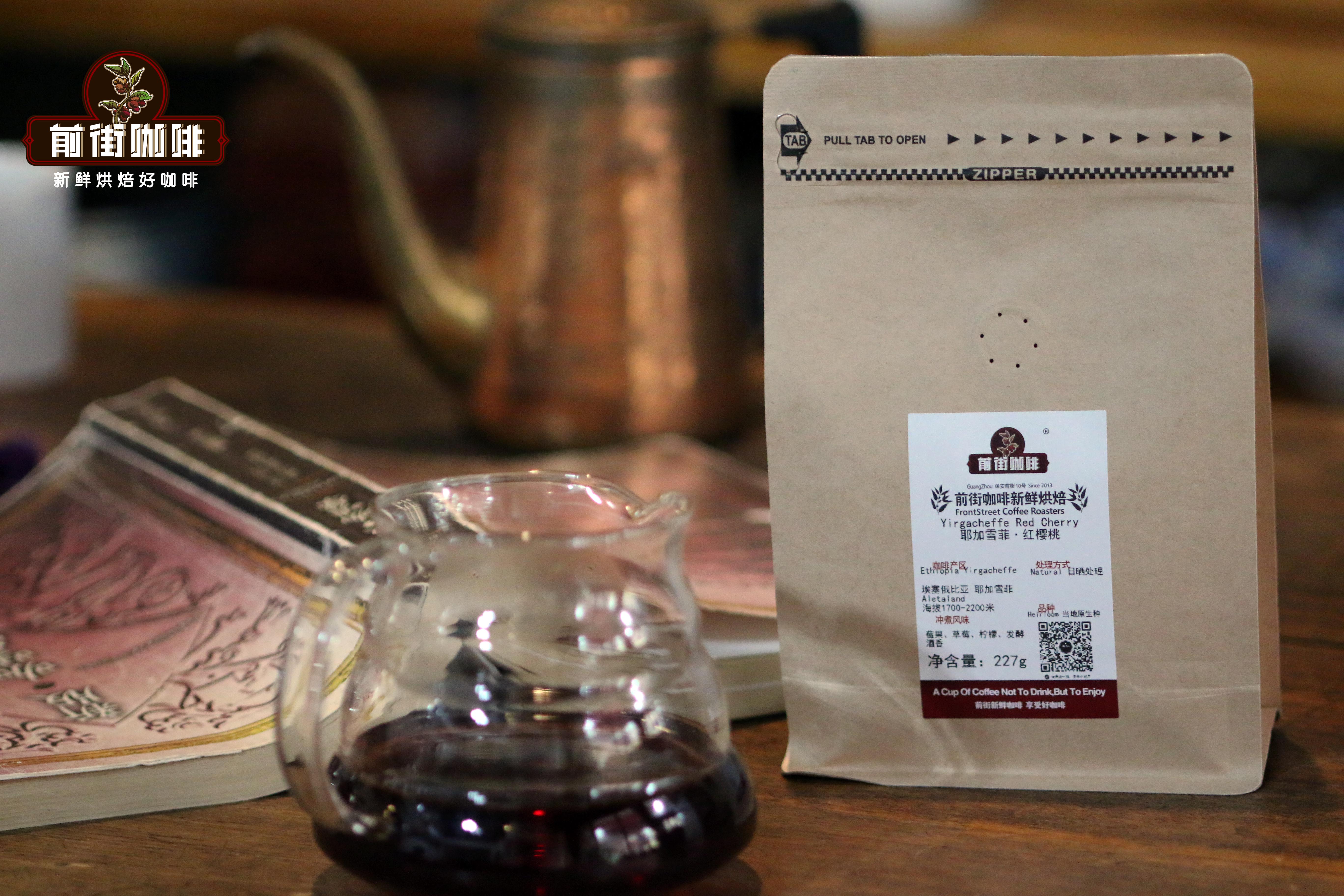
Professional coffee knowledge exchange more coffee bean information please follow the coffee workshop (Wechat official account cafe_style)
For more boutique coffee beans, please add private Qianjie coffee on Wechat. WeChat account: qjcoffeex
Important Notice :
前街咖啡 FrontStreet Coffee has moved to new addredd:
FrontStreet Coffee Address: 315,Donghua East Road,GuangZhou
Tel:020 38364473
- Prev
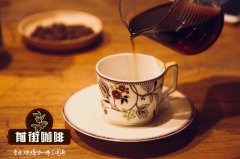
Panamanian area? Panama knows him!
Panama Coffee Panama is located at 9 degrees north latitude, the confluence point of the Central Mountains, where Mount Baru, one of the highest volcanoes in Central America, is located. The Baru volcano has an altitude of more than 11400 feet, and the land around it is rich in nutritious and fertile soil, providing sufficient conditions for the sowing and cultivation of coffee endemic to Panama. Coffee was introduced into Panama in 1780 by Europeans.
- Next
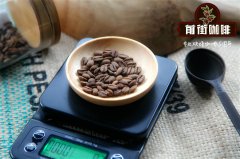
How many major coffee regions are there? Representative work of the production area?
How many major coffee regions are there? As a consumer, you may find yourself liking the juicy feel of Ethiopian coffee, the balance and sweetness of Guatemala, or the earthy smell of Indonesia, but unless you've tried beans from these regions, you won't know where the coffee in your mouth comes from. Africa, America and Asia are the three major sources of origin in the world.
Related
- Beginners will see the "Coffee pull flower" guide!
- What is the difference between ice blog purified milk and ordinary milk coffee?
- Why is the Philippines the largest producer of crops in Liberia?
- For coffee extraction, should the fine powder be retained?
- How does extracted espresso fill pressed powder? How much strength does it take to press the powder?
- How to make jasmine cold extract coffee? Is the jasmine + latte good?
- Will this little toy really make the coffee taste better? How does Lily Drip affect coffee extraction?
- Will the action of slapping the filter cup also affect coffee extraction?
- What's the difference between powder-to-water ratio and powder-to-liquid ratio?
- What is the Ethiopian local species? What does it have to do with Heirloom native species?

